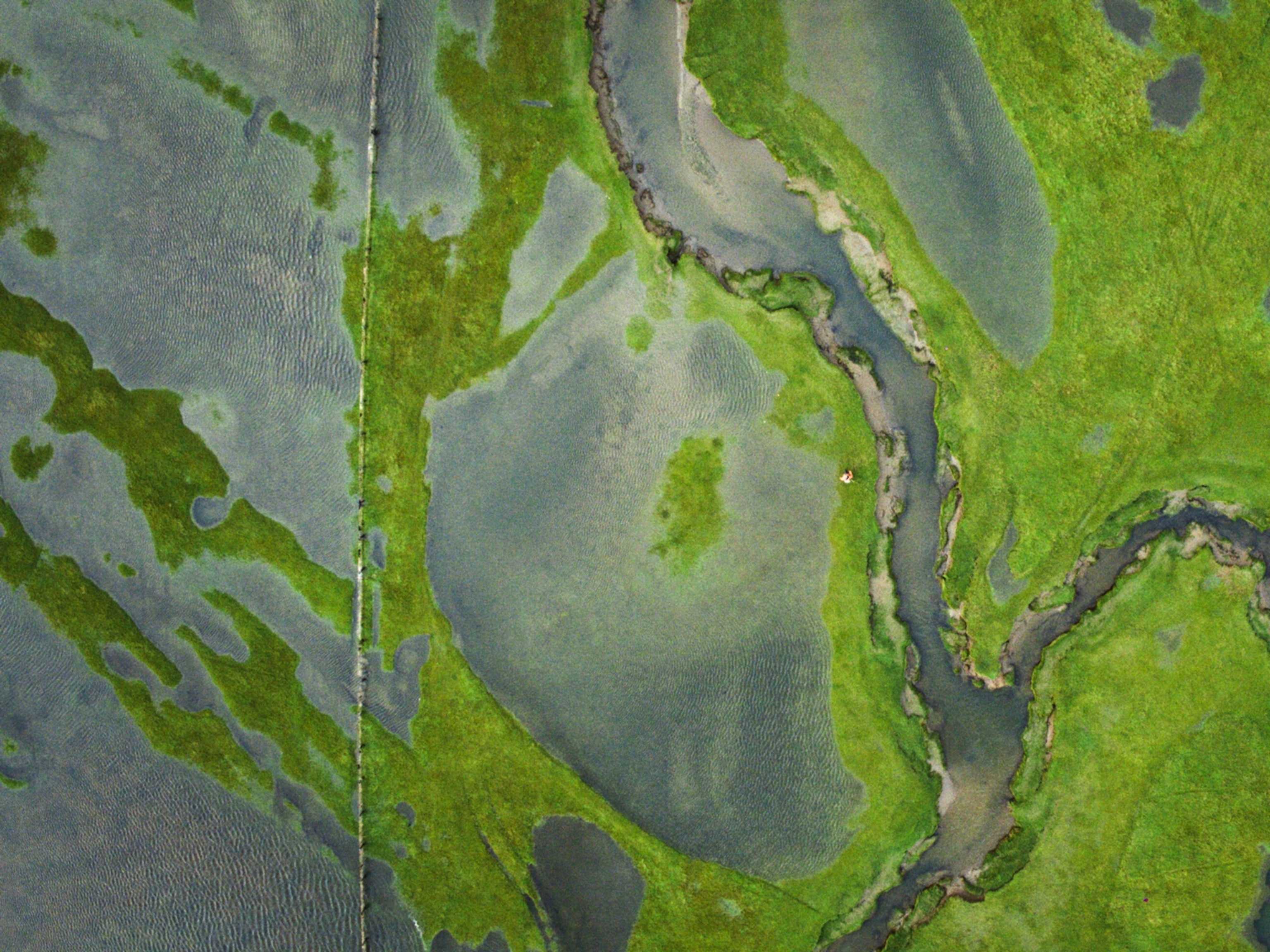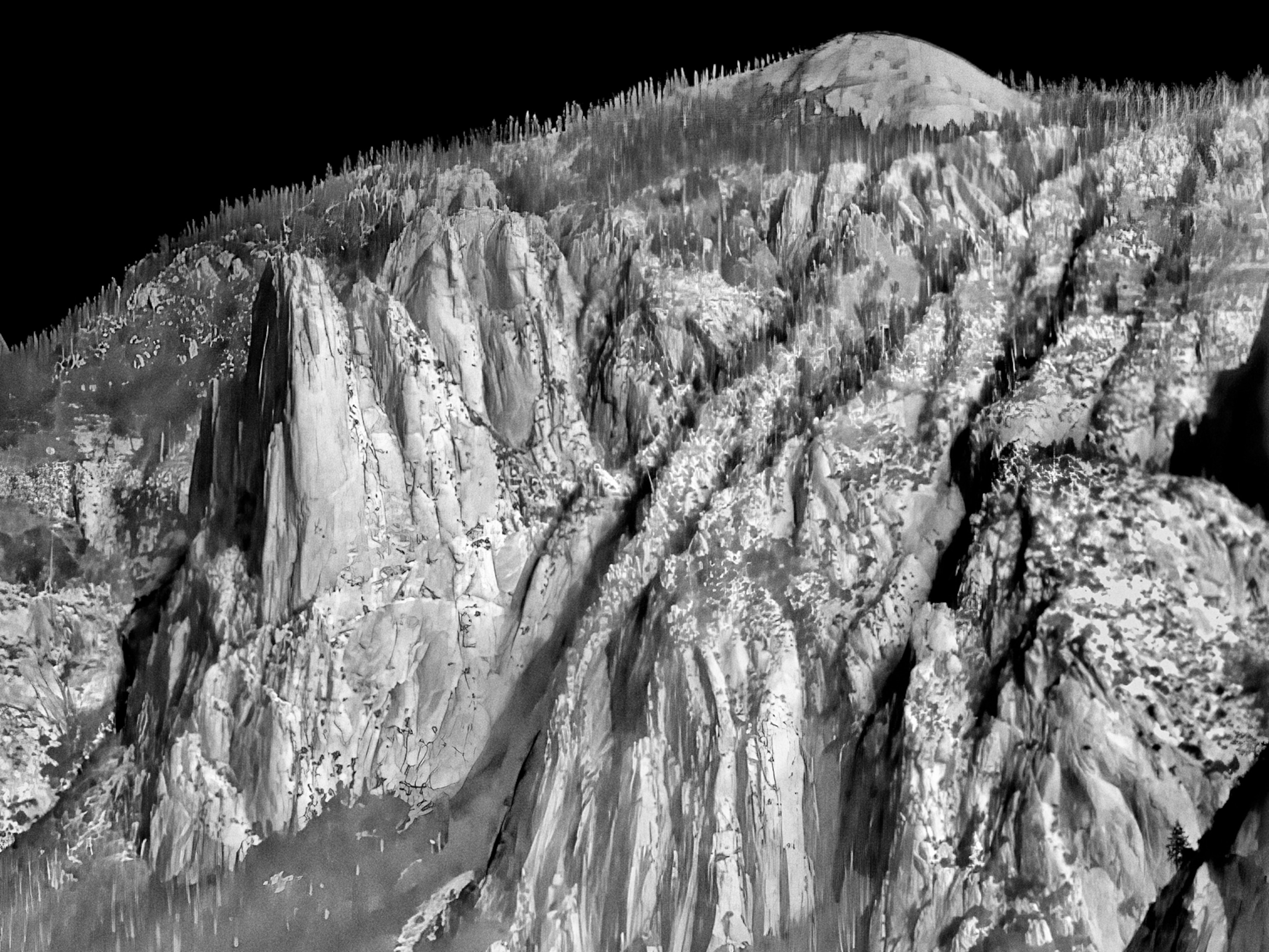
Climate change impacts worse than expected, global report warns
The Intergovernmental Panel on Climate Change says the world is headed for painful problems sooner than expected, as emissions keep rising.
The impacts and costs of 2.7 degrees Fahrenheit (1.5 degrees Celsius) of global warming will be far greater than expected, according to a comprehensive assessment by the Intergovernmental Panel on Climate Change (IPCC) released Sunday in Incheon, South Korea.
The past decade has seen an astonishing run of record-breaking storms, forest fires, droughts, coral bleaching, heat waves, and floods around the world with just 1.8 degrees Fahrenheit (1.0 degrees Celsius) of global warming. [See: Hidden Costs of Climate Change Running Hundreds of Billions a Year] But much of this will get substantially worse with 2.7 degrees Fahrenheit of warming, and far worse at 3.6 degrees Fahrenheit (2 degrees Celsius), according to the IPCC’s “Special Report on Global Warming of 1.5°C”, released Sunday and examining more than 6,000 studies.
The IPCC also reported that 2.7 degrees Fahrenheit could be reached in as little as 11 years—and almost certainly within 20 years without major cuts in carbon dioxide (CO2) emissions. Even if such cuts were to begin immediately it would only delay, not prevent, 2.7 degrees Fahrenheit of global warming.
“Substantial Consequences”
While a 0.9 degrees Fahrenheit (0.5 degrees Celsius) increase in room temperature is unnoticeable, permanently heating the whole planet that much will have “substantial” consequences, the report warns. The impacts will be felt across ecosystems and human communities and economies.
“Limiting global warming to 1.5°C compared with 2°C would reduce challenging impacts on ecosystems, human health, and well-being,” said Priyardarshi Shukla, Chair of the Global Centre for Environment and Energy at Ahmedabad University in India and co-author of the Special Report, in a statement. Such impacts include stronger storms, more erratic weather, dangerous heat waves, rising seas, and largescale disruption to infrastructure and migration patterns.
The scientific findings in the main report are summarized in a 34-page “Summary for Policy Makers,” which was approved by all representatives from 195 nations, including the U.S.
Under the 2015 Paris Agreement, every country in the world agreed to keep global temperatures well below 3.6 degrees Fahrenheit (2 degrees Celsius), while low-lying island states and others lobbied for substantially less. Current pledges to cut CO2 emissions will push global warming to at least 5.4 degrees Fahrenheit (3 degrees Celsius) by 2100, risking natural tipping points such as thawing of large areas of permafrost—which could drive global temperatures uncontrollably higher. The Trump administration has said they will pull the U.S. out of the Paris Agreement.
Global warming is like being in a mine field that gets progressively more dangerous, says Michael Mann, a climatologist and director of the Earth System Science Center at Penn State. “The further we go the more explosions we are likely to set off: 1.5C is safer than 2C, 2C is safer than 2.5C, 2.5C is safer than 3C, and so on,” said Mann, who was not directly involved in this latest IPCC report.
“Stabilizing global warming at 1.5C will be extremely difficult if not impossible at this point,” Mann said via email.
Big Solutions Sought
The IPCC’s Special Report lays out various pathways to stabilize global warming at 2.7 degrees Fahrenheit (1.5 degrees Celsius). These solutions all require unprecedented efforts to cut fossil-fuel use in half in less than 15 years and eliminate their use almost entirely in 30 years. This means no home, business, or industry heated by gas or oil; no vehicles powered by diesel or gasoline; all coal and gas power plants shuttered; the petrochemical industry converted wholesale to green chemistry; and heavy industry like steel and aluminum production either using carbon-free energy sources or employing technology to capture CO2 emissions and permanently store it.
In addition, depending on how fast emissions are cut, between 0.4 and 2.7 million square miles (1-7 million square kilometers) of land may have to be converted to growing bioenergy crops and up to 3.86 million square miles (10 million square kilometers) of forests added by 2050. And still that won’t be enough, the report warns. Every pound of CO2 emitted in the last hundred years will continue to trap heat in the atmosphere for hundreds of years to come. By 2045 or 2050 there will still be too much CO2 in the atmosphere. More forests or some form of direct capture that takes CO2 out of the atmosphere will be essential to stabilize global temperatures at 2.7 degrees Fahrenheit (1.5 degrees Celsius), the report says.
The Special Report is like getting a troubling diagnosis from your doctor, said Katharine Hayhoe, a climate scientist at Texas Tech University. “Every possible test has been done and the news is not good,” Hayhoe said in an interview. “The doctor, the IPCC in this case, then explains possible treatment options to ensure our future health. We (the public) decide which option to follow.”
The challenge to stay below 3.6 degrees Fahrenheit (2 degrees Celsius) is immense, requiring fossil fuel infrastructure to be phased out, non-fossil energy sources phased in, and large-scale removal of carbon from the atmosphere, says Glen Peters, Research Director at Norway’s Center for International Climate Research. “To stay below 1.5 C simply requires the transformation be faster and deeper than for 2C,” Peters said.
Currently, we are going in the wrong direction with global emissions increasing 1.5 percent in 2017 and a likely increase this year, he said. “Without the full involvement and alignment of our technical, social, and political dimensions, 1.5 C and even 2C won’t be possible.”
That means 2.7 degrees Fahrenheit is a big departure from where we are headed now, agrees Kelly Levin, a senior associate with World Resources Institute’s Global Climate Program. That said, the models used to develop the IPCC’s pathways to 2.7 degrees Fahrenheit don’t include all the ways emissions could be reduced and they prioritize the cheapest methods, Levin said in an interview.
For example, a widespread dietary shift to eating less meat and reduced material consumption would significantly lower emissions. The models are also conservative when it comes to the roll out of new technology and have underestimated the success of solar panels and electric vehicles, Levin said. Tesla’s Model 3 electric car was the 4th best selling car in the United States in September, despite being more than twice as expensive than comparable gasoline-powered cars (and often requiring long waiting lists).
The Critical Role of Forests
Forests could also play a much bigger role in cutting emissions, says Deborah Lawrence, a forest expert at the University of Virginia. “Forests provide a super-important service to humanity by currently removing about 25 percent of our CO2,” Lawrence said in an interview.
Reforestation and improving forest management together could remove CO2 from the atmosphere, said Lawrence, amounting to 18 percent of the reductions needed by 2030. Brazil, China, India, Mexico, Australia, the U.S., Russia, and the European Union could also substantially increase their forests economically and without impacting food production—while potentially removing billions of tonnes of CO2 from the atmosphere, a forthcoming study will show, Lawrence said. Protecting and increasing tropical forests is especially important since they cool the air and are key in creating regional rainfall for growing food.
When the wood from mature forests is converted into furniture or buildings CO2 can be stored for the long term, she said. That’s one reason a 12-story building made of wood will be completed in Portland in 2019, and a 24-story wooden building is being built in Vienna, Austria.
Existing forests must be protected to avoid dangerous climate change, warn a coalition of forest scientists in a statement. The world’s forests contain more carbon than exploitable oil, gas, and coal deposits, they note.
“Our planet’s future climate is inextricably tied to the future of its forests,” the scientists wrote.


























